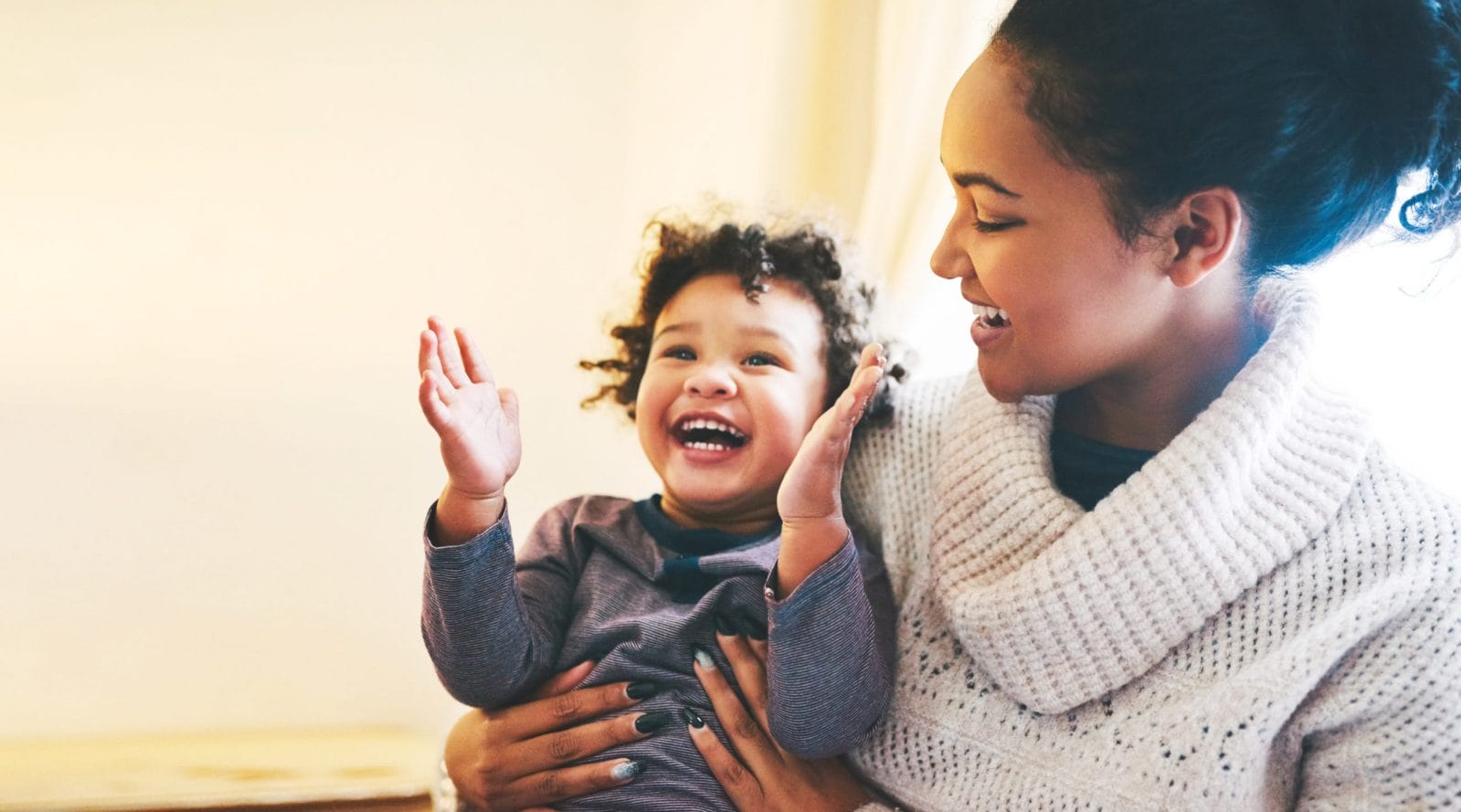Our son lives in a trilingual household—and we wouldn’t have it any other way

My son calls me mamma, mamá and mommy.
I always knew I would marry someone from another culture. Growing up in the Dominican Republic and then moving to Miami in my early 20s, I was curious and attracted by looks, accents and customs different than mine. I started studying English when I was six and added Italian classes at age 16, so marriage was still far from my mind, but little did I know that becoming trilingual would definitely mark my life and my family’s when the right time arrived.
My husband is Italian, born and raised in Palermo, Sicily. When we started dating, I was excited to learn that he had two of my non-negotiable musts in a guy: He could speak Spanish with my parents and he could dance merengue! Bingo!
Shortly after we got married ten years ago, we started daydreaming about our future mixed kids. We could almost see and hear our child running free and jumping for joy around us. Beyond any gender or looks, all I wanted was a healthy, happy and wholly baby.
Our son is now 2 years old. I gave birth with my Italian husband-become-doula reminding me to breathe and push in Spanish, my Puerto Rican ob-gyn coaching me with his Boricua accent, and three nurses—Indian, British, and Cuban—all cheering me on in their own version of English.
The moment my son was born, I just remember telling him: “I love you! I love you! I love you!” A hundred times. English was the language that I heard myself speaking to him.
Even before he was born, we were spontaneously and intentionally looking for ways to include our cultures in his life. We debated between names that had the same spelling and pronunciation in Spanish, English and Italian. We asked his grandmothers to bring children’s books from home so they could read to him in the only language they speak. We included multilingual toys in our baby shower registry and started talking and singing lullabies in my native Spanish and Daddy’s Italian when he was in the womb.
Even though we often sound like an episode of Dora the Explorer, I do my best to only speak Spanish at home, and his dad speaks Italian to him 100% of the time. He loves pasta, maduros, and pancakes.
When it was time to look for a preschool, diversity was our number one priority. We chose a Montessori school where he is now learning English as a third language and where we thoughtfully share traditional desserts from our homelands when we are invited to potlucks.
When he is out of school and we have run out of ideas, I admit that he watches and dances to merengue videos on YouTube, and loves them. As a result, our boy is now growing up trilingual in the United States, in a multicultural environment filled with all Latinx experiences.
At the same time, I like to acknowledge and celebrate the fact that he was born in the United States. I make a point of having a traditional menu for Thanksgiving dinner even though none of us enjoys turkey that much.
We alternate our holiday travel between the Dominican Republic and Italy every year, and no matter where we are, he gets gifts from El Niño Jesús and Santa Claus on Christmas and then from La Befana (the old woman bearing gifts from Italian folklore) and Los Reyes Magos (the Three Magic Kings) on January 6th.
He made me feel proud when he came back from camp this summer holding a red, white and blue boat while jumping and screaming, “Our flag!” on the days leading up to the Fourth of July. And on the Fourth, he surprised us by lying on the grass to enjoy the fireworks, making us feel grateful for him and for this land that we call home.
Being a Latinx parent in the US today is a blessing and challenge at once. As an immigrant, I am aware of how fortunate I am to be able to raise my child with all the benefits this country offers, while still embracing my roots. Every day I challenge myself to keep growing, to become a better citizen and to be more visible so that we continue to break stereotypes and defy statistics.
Most of all, I want my little one to be free to express himself, to see the world and appreciate all the colors, rhythms and flavors beyond our own.
































